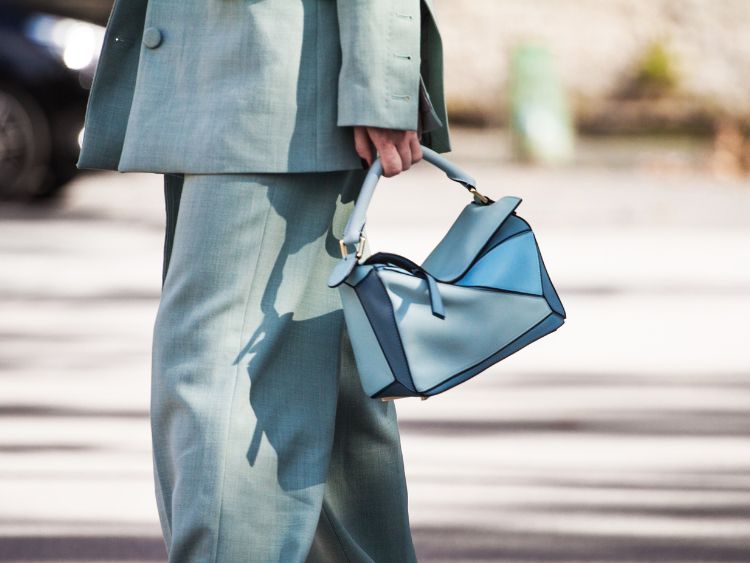The Roaring Twenties – A Fashion Revolution
The 1920s marked a significant shift in men’s fashion, and boy, did it roar! This was the decade when style took a turn, embracing sleek sophistication and bold statements. After World War I, men sought to express themselves through fashion, leaving behind the stiff, Victorian-era styles. With a sense of liberation and excitement, the 1920s men’s fashion was all about clean lines, dapper suits, and, of course, the ever-popular accessories that completed the look. So, what made 1920s men’s fashion so iconic? Let’s dive in.
The Rise of the Modern Suit: Sharp, Sleek, and Stylish
When we think about 1920s men’s fashion, the first thing that comes to mind is the classic suit. Suits during this time underwent a significant transformation. Gone were the bulky, heavy materials of the previous decades. Instead, men embraced lighter fabrics and more tailored cuts.
Key features of 1920s men’s suits:
- Single-breasted jackets: These were favored for their slim, sleek appearance. Double-breasted jackets also gained popularity later in the decade.
- Trousers: High-waisted with a loose fit around the hips, tapering down toward the ankles. Cuffs, also known as turn-ups, became a fashionable addition.
- Colors and Patterns: While black, grey, and navy dominated, patterns like pinstripes and checks also began to emerge.
Transitioning from day to evening wear was as simple as swapping out a tie or adding a new accessory.
Accessories: The Finishing Touches to a Dapper Look
Let’s be real – a man’s outfit in the 1920s wasn’t complete without the right accessories. This decade saw a boom in men’s fashion accessories, which helped gentlemen take their look to the next level.
Must-have accessories in 1920s men’s fashion:
- Pocket squares: A little splash of color poking out of a jacket’s breast pocket became a must.
- Hats: The fedora and bowler hat were staples of the time, with the newsboy cap providing a more casual option.
- Ties and bow ties: Narrow ties made from silk were the go-to, but bow ties were still a popular option for formal events.
- Suspenders: Belts took a backseat as suspenders were the primary choice for holding up those high-waisted trousers.
- Cufflinks: No self-respecting man would be seen without a shiny pair of cufflinks securing his shirt sleeves.
Casual Wear: From Sporty to Relaxed
While suits dominated the scene, casual wear made its mark too. Men didn’t always wear formal attire, and the 1920s gave rise to more relaxed clothing choices, especially for sporting events or leisure activities.
Popular casual trends in the 1920s:
- Sweaters and cardigans: Worn over a collared shirt, sweaters became a key piece for cooler weather.
- Plus-fours: These baggy, knee-length trousers were typically paired with argyle socks and sturdy shoes. Perfect for a round of golf!
- Linen and light cotton shirts: For the warmer months, men favored lighter fabrics for shirts, often with stripes or checks.
The sports jacket, paired with casual trousers, gave men a fashionable yet relaxed appearance. This shift towards more casual clothing reflected the changing attitudes of the time – men wanted comfort without sacrificing style.
Footwear: Polished and Practical
Let’s not forget the importance of footwear in 1920s men’s fashion. Shoes were always polished to perfection, and different styles emerged to suit various occasions.
- Oxford shoes: These lace-up shoes were the most common, and their sleek design made them perfect for both formal and casual settings.
- Two-tone shoes: For men who wanted to make a statement, two-tone shoes, often in brown and white or black and white, became wildly popular.
- Loafers: Slip-on shoes were just starting to make their appearance, offering a comfortable alternative to lace-ups.
Influences and Impact on Modern Fashion
The trends from the 1920s have had a lasting impact on men’s fashion today. The emphasis on tailored fits, sleek lines, and the integration of accessories are still prevalent in modern style. Many men’s fashion houses, from Ralph Lauren to Tom Ford, often look to the 1920s for inspiration when designing collections that aim to capture the timeless elegance of this iconic decade.
FAQ: 1920s Men’s Fashion
Q1: What fabrics were commonly used in 1920s men’s fashion?
A1: Wool was the most common fabric for suits, while linen and cotton were popular for casual and summer wear.
Q2: Were hats an essential part of 1920s men’s fashion?
A2: Absolutely! Hats, such as the fedora, bowler hat, and newsboy cap, were key accessories for any stylish man.
Q3: How did men style their suits in the 1920s?
A3: Men favored single-breasted jackets with high-waisted trousers. Pinstripes and checks were popular patterns, and accessories like pocket squares, cufflinks, and ties added personal flair.
Q4: What shoes were popular in the 1920s?
A4: Oxford shoes were the go-to, but two-tone shoes and loafers also made waves in men’s fashion.
Q5: Did 1920s men’s fashion influence modern styles?
A5: Yes, many of the trends from the 1920s, especially tailored suits and the use of accessories, continue to influence modern men’s fashion.
Conclusion: The Timeless Elegance of 1920s Men’s Fashion
1920s men’s fashion was more than just clothes – it was a statement of sophistication, elegance, and rebellion against the old ways. With its tailored suits, sharp accessories, and polished shoes, this decade set the standard for men’s style for years to come. Whether you’re channeling the Great Gatsby or simply appreciating the craftsmanship of the time, the 1920s remains an era of timeless fashion.
Authoritative Links:
- https://www.history.com/topics/roaring-twenties
- https://www.fashionhistory.edu/1920s-mens-fashion
- https://www.vintagefashionguide.com/1920s-men-style-guide

